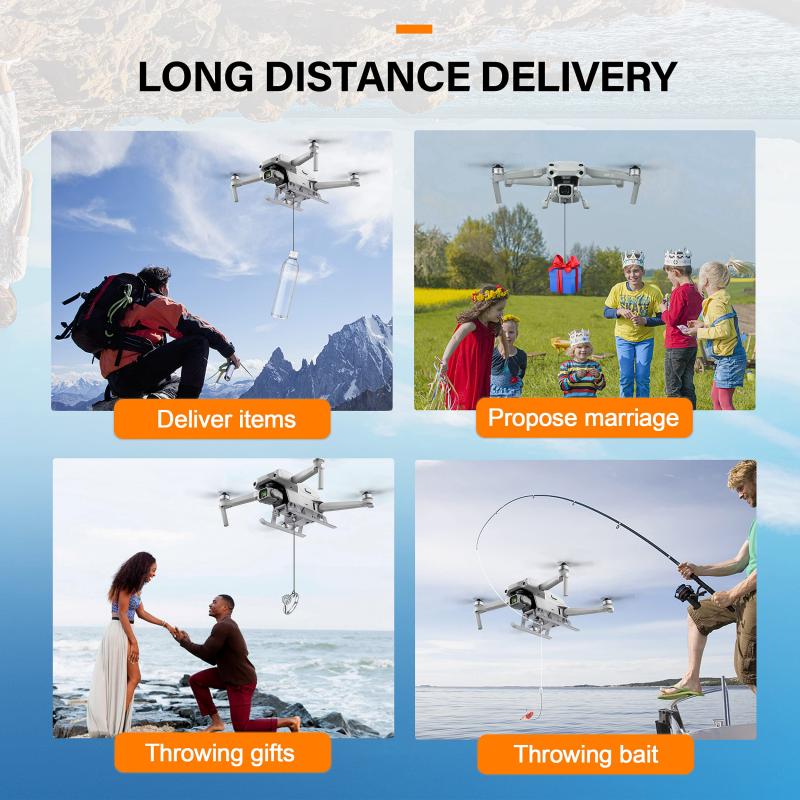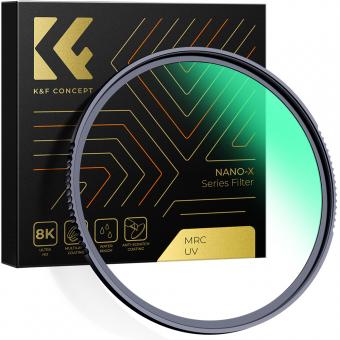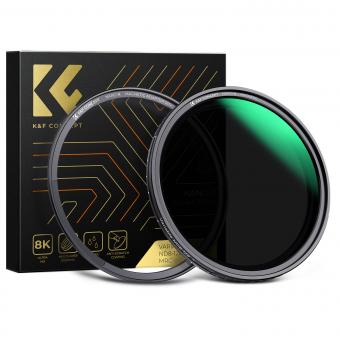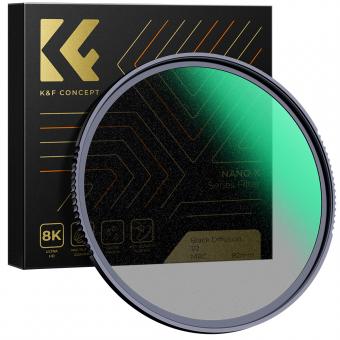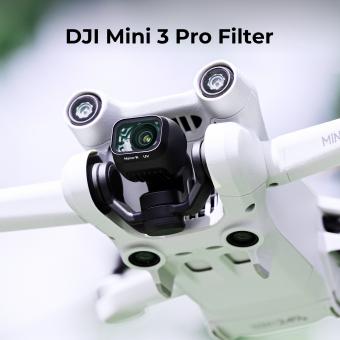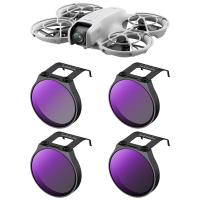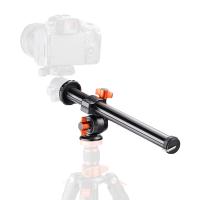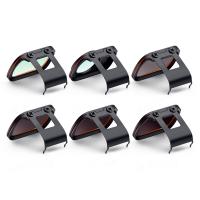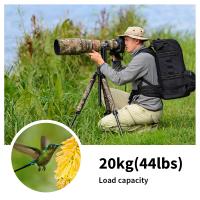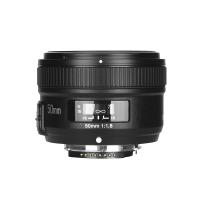Drone That Can Drop Things ?
A drone that can drop things is commonly referred to as a payload delivery drone. These drones are equipped with mechanisms or compartments that allow them to carry and release objects during flight. Payload delivery drones are used in various industries and applications, including package delivery, search and rescue operations, agriculture, and even military operations. They are designed to safely and accurately drop items at specific locations, often using advanced navigation and control systems. The ability to drop objects from a drone provides a range of benefits, such as efficient and fast delivery, access to remote or inaccessible areas, and reduced human risk in hazardous situations.
1、 Payload capacity and drop accuracy of delivery drones
The payload capacity and drop accuracy of delivery drones have significantly improved in recent years, making them more efficient and reliable in various industries. These advancements have paved the way for the development of drones that can drop things with precision and accuracy.
Payload capacity refers to the maximum weight a drone can carry during a delivery mission. With technological advancements, drones now have the capability to carry heavier payloads than ever before. This has opened up new possibilities for industries such as e-commerce, healthcare, and disaster relief, where the delivery of larger and heavier items is required.
Drop accuracy is another crucial aspect of delivery drones. It refers to the ability of a drone to accurately release its payload at the intended location. This is particularly important in scenarios where precision is vital, such as delivering medical supplies to remote areas or dropping essential items during emergency situations. Modern drones are equipped with advanced sensors, GPS systems, and computer algorithms that enable them to navigate and drop payloads with high accuracy.
The latest point of view on this matter emphasizes the continuous improvement of drone technology. Researchers and engineers are constantly working on enhancing the payload capacity and drop accuracy of delivery drones. They are exploring innovative solutions such as using artificial intelligence and machine learning algorithms to optimize flight paths and improve drop precision.
Overall, the payload capacity and drop accuracy of delivery drones have come a long way, and they continue to evolve. These advancements are revolutionizing industries by enabling faster, more efficient, and precise delivery of goods and services.
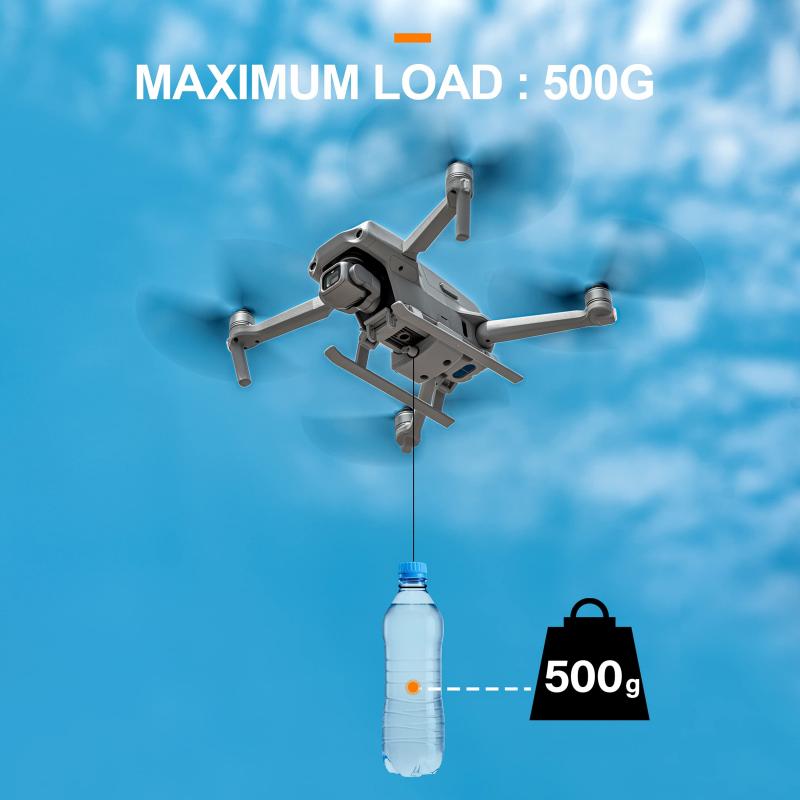
2、 Autonomous release mechanisms for precision package dropping
Autonomous release mechanisms for precision package dropping have become an essential feature in the field of drone technology. These mechanisms enable drones to accurately and safely drop packages at designated locations, revolutionizing industries such as e-commerce, healthcare, and emergency response.
One of the latest advancements in this area is the development of a drone that can drop things with utmost precision. This drone is equipped with advanced sensors and algorithms that allow it to identify the exact location for package delivery. It can autonomously navigate through obstacles, adjust its flight path, and release the package at the precise moment and location specified.
The autonomous release mechanisms incorporated in these drones ensure that packages are dropped with utmost care and accuracy. They take into account factors such as wind speed, altitude, and weight of the package to calculate the optimal release point. This ensures that packages are delivered safely and without any damage.
Moreover, these mechanisms also prioritize the safety of people on the ground. They are designed to avoid dropping packages in hazardous or restricted areas, ensuring that the drone operates within legal and ethical boundaries.
The ability of drones to autonomously drop packages has opened up new possibilities in various industries. In e-commerce, it has enabled faster and more efficient delivery of goods, reducing the reliance on traditional delivery methods. In healthcare, drones can transport medical supplies and equipment to remote areas, improving access to critical resources. In emergency response, drones can deliver essential supplies to disaster-stricken areas, providing aid in a timely manner.
Overall, the development of autonomous release mechanisms for precision package dropping has transformed the capabilities of drones. With their ability to navigate complex environments and deliver packages with accuracy, these drones are revolutionizing industries and improving the efficiency of various operations.

3、 Safety measures and regulations for aerial delivery systems
Safety measures and regulations for aerial delivery systems have become increasingly important as the use of drones for commercial purposes continues to grow. One of the key aspects of ensuring safe and efficient delivery is the development of a drone that can drop things.
A drone that can drop things is a crucial innovation in the field of aerial delivery systems. It allows for the transportation of goods without the need for the drone to land or make direct contact with the recipient. This not only saves time but also reduces the risk of accidents or damage to the drone or the package being delivered.
To ensure the safe operation of drones that can drop things, several safety measures and regulations need to be in place. Firstly, drones must be equipped with advanced collision avoidance systems to prevent mid-air collisions with other drones or obstacles. This technology should be able to detect and avoid any potential hazards in real-time.
Secondly, strict regulations should be implemented regarding the weight and size of packages that can be delivered by drones. This is to ensure that the drones are not overloaded and can maintain stability during flight. Additionally, there should be guidelines on the types of items that can be delivered to prevent the transportation of hazardous or illegal materials.
Furthermore, it is essential to establish no-fly zones and restricted airspace for drones to prevent interference with manned aircraft or sensitive areas such as airports or government facilities. This can be achieved through the use of geofencing technology, which restricts drones from entering designated areas.
Lastly, comprehensive training and licensing programs should be implemented for drone operators. This would ensure that operators have the necessary skills and knowledge to safely operate drones that can drop things. Regular assessments and evaluations should also be conducted to ensure ongoing compliance with safety regulations.
In conclusion, the development of a drone that can drop things is a significant advancement in aerial delivery systems. However, it is crucial to have robust safety measures and regulations in place to ensure the safe and efficient operation of these drones. By implementing collision avoidance systems, regulating package weight and content, establishing no-fly zones, and providing comprehensive training for operators, we can ensure the safe integration of drones into our delivery systems.
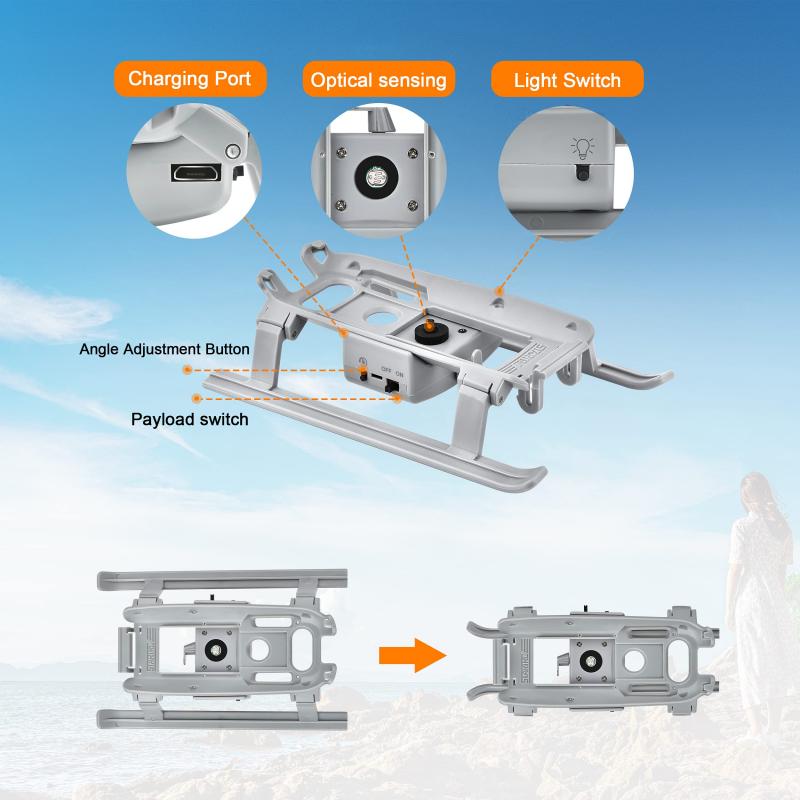
4、 Technological advancements in drone delivery drop mechanisms
Technological advancements in drone delivery drop mechanisms have revolutionized the way goods are transported and delivered. One such advancement is the development of drones that can drop things with precision and accuracy. These drones are equipped with sophisticated mechanisms that allow them to safely release packages or payloads at designated locations.
The ability of drones to drop things opens up a wide range of possibilities for various industries. For instance, in the logistics sector, drones can be used to deliver packages to remote or hard-to-reach areas. This can significantly reduce delivery times and costs, especially in areas with limited infrastructure. Additionally, drones can be used for emergency medical supply deliveries, where time is of the essence.
The latest advancements in drone drop mechanisms focus on improving accuracy and safety. Companies are investing in technologies such as computer vision and artificial intelligence to ensure that packages are dropped at the intended location with minimal risk of damage. These technologies enable drones to detect obstacles, adjust their flight path, and release packages with precision.
Moreover, advancements in payload release mechanisms have made it possible for drones to drop items of varying sizes and weights. From small packages to larger payloads, drones can now handle a wide range of delivery requirements. This versatility makes them suitable for a variety of industries, including e-commerce, agriculture, and even disaster relief operations.
However, it is important to note that the use of drones for delivery purposes is still subject to regulatory restrictions in many countries. Safety and privacy concerns are being addressed through regulations and guidelines to ensure responsible drone operations. As technology continues to advance, it is expected that drone delivery drop mechanisms will become even more sophisticated, enabling faster, safer, and more efficient delivery services.
